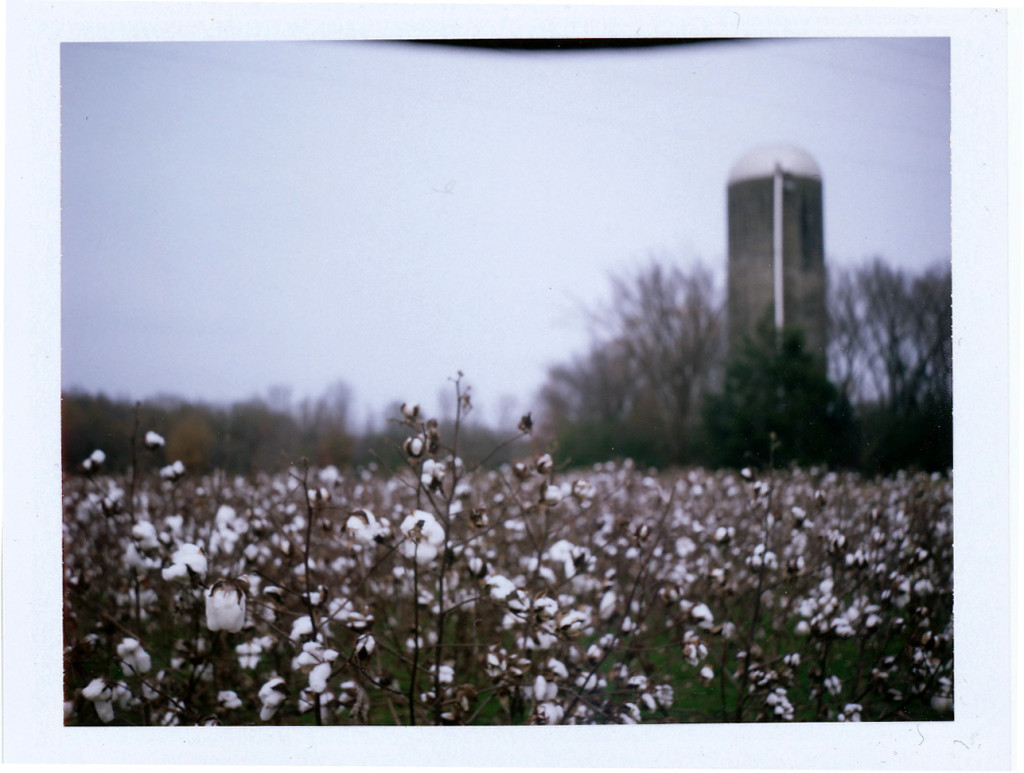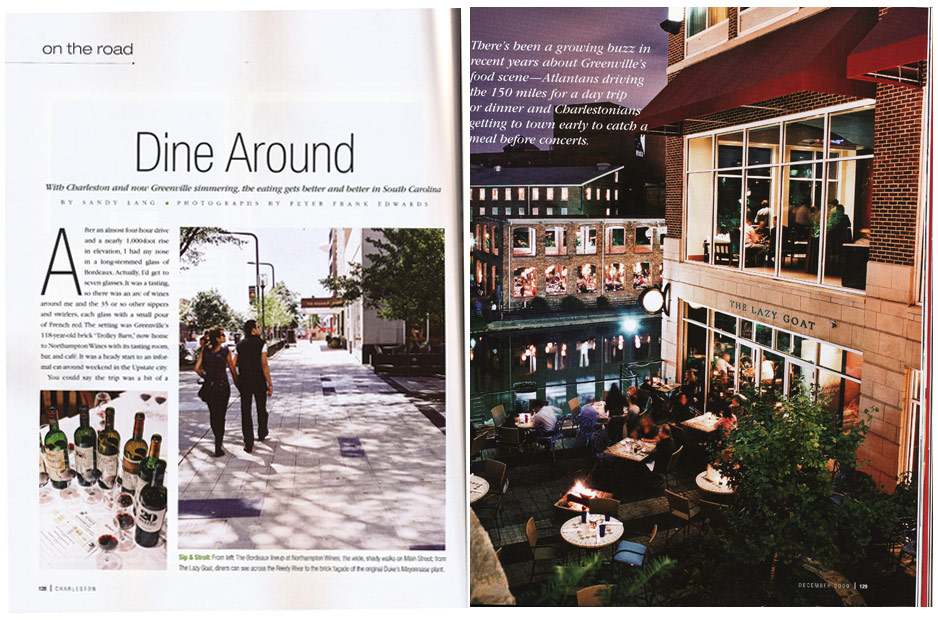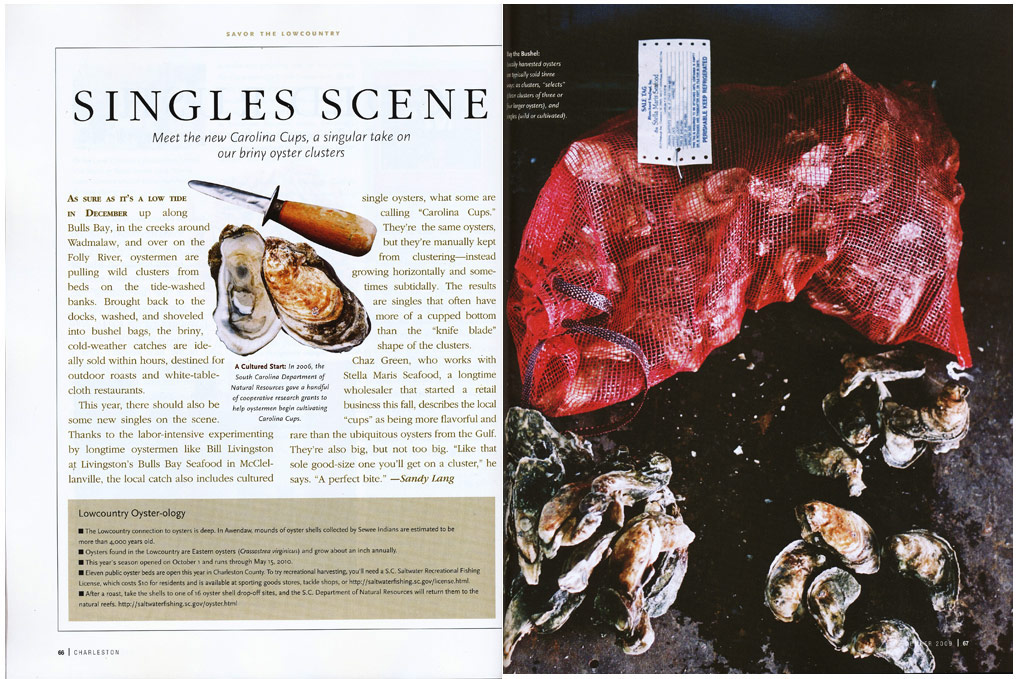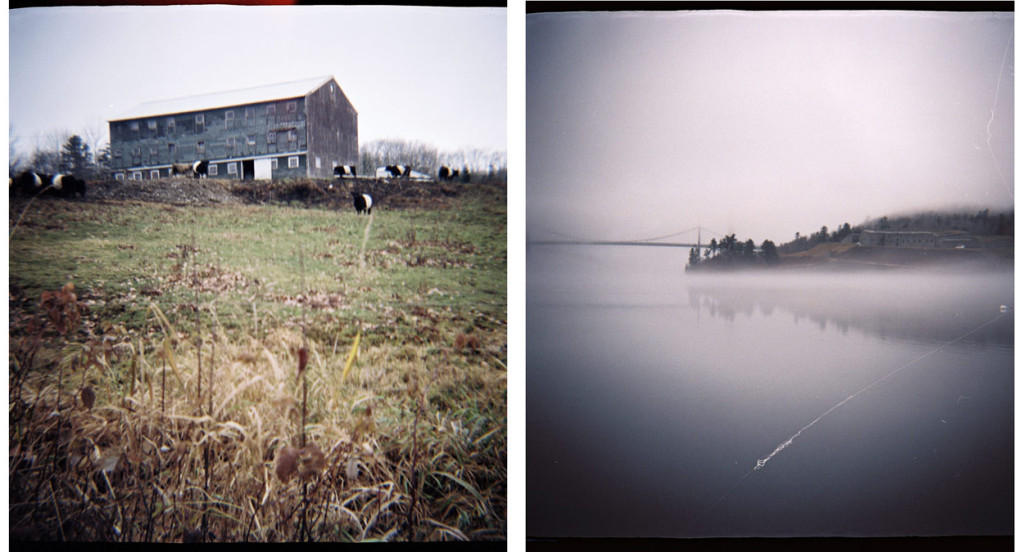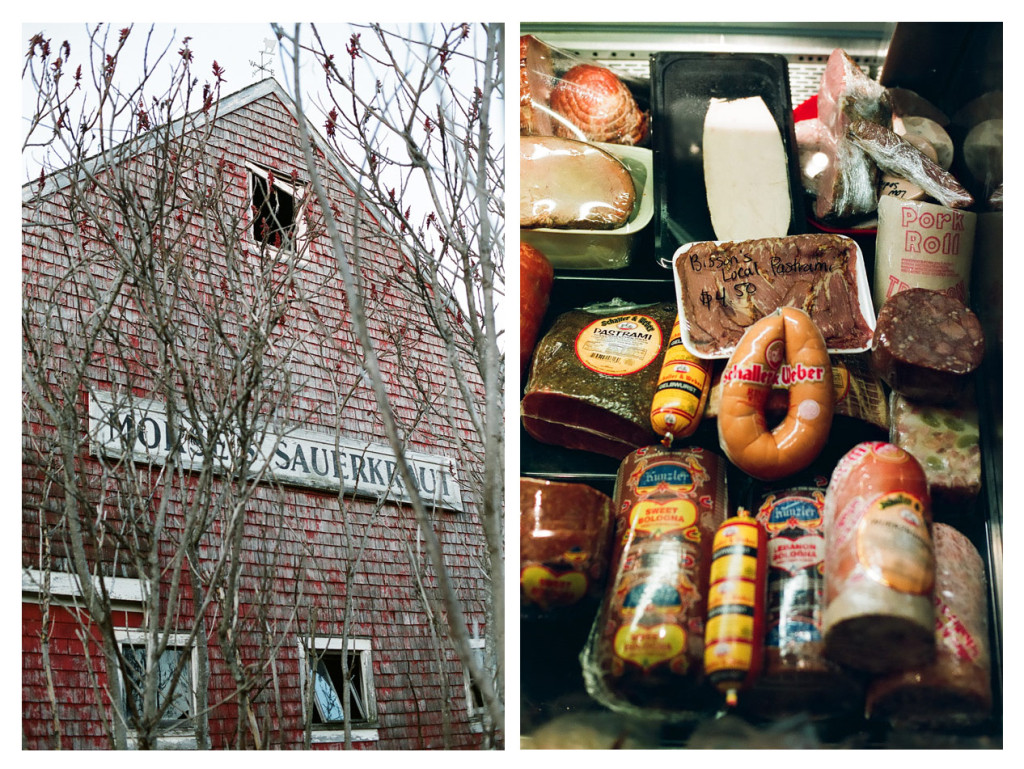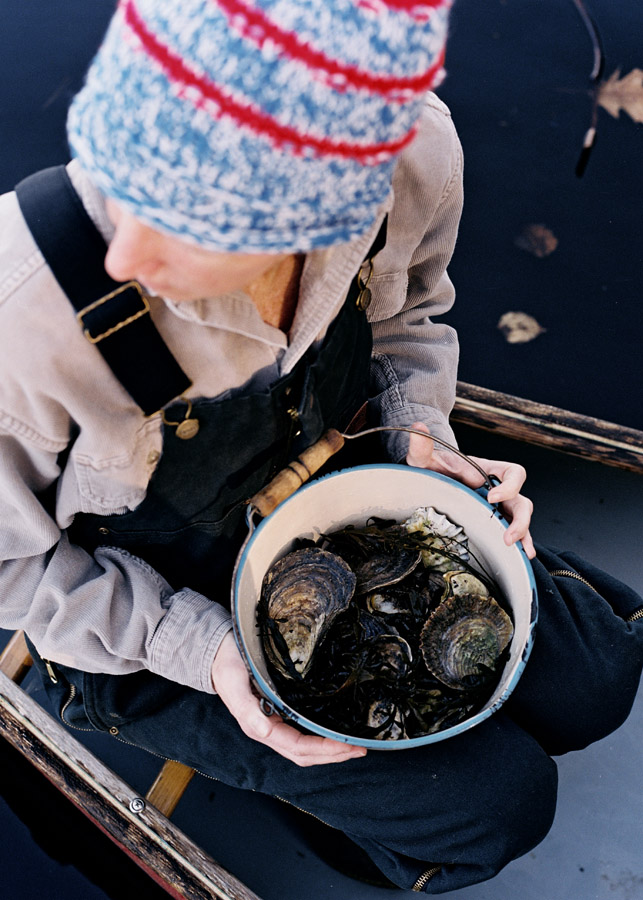Presses stop me. When I worked at a newspaper, on breaks I used to go down to the press room and watch the huge rolls whir through. My favorite is the sights and sounds of letterpressing – the hands-on spinning of wheels, the metal plates and the wet ink, the impressions in the paper.
In Charleston, Courtney Rowson, Amy Pastre and Virginia Gregory of Sideshow Press create pieces one by one, designed with all sorts of graphics and type – of insects, antlers, flora, dress patterns, topo maps, tool guides, and more. They’ve got a new website, and I’m so pleased that they included some of my copy:
The idea is simple – to press type into paper. The machinery is outdated, replaced in the mid-20th century by offset – and eventually digital – presses. But for design purists, no other machine gives artwork and letters such a distinct tactile quality, mechanically pushing metal plates into the fibers of each sheet. You can feel the type.
In the last decade or so, there’s been new interest in the old machines across the country, with vintage letterpress equipment put back to use by designers looking for creativity away from the computer. In Charleston it took three women to bring one of the iron and steel contraptions to town, to figure out how to use it, ink it up, and start printing. Together they are Sideshow Press.
– Sandy Lang, December 2009

